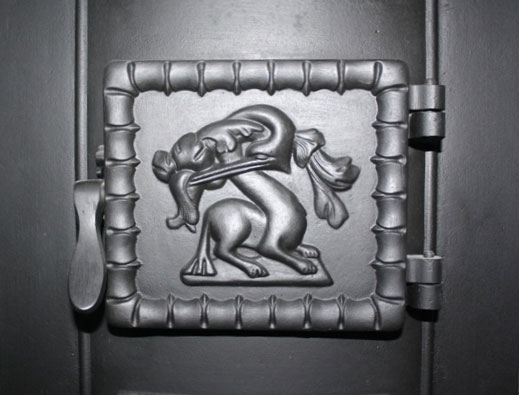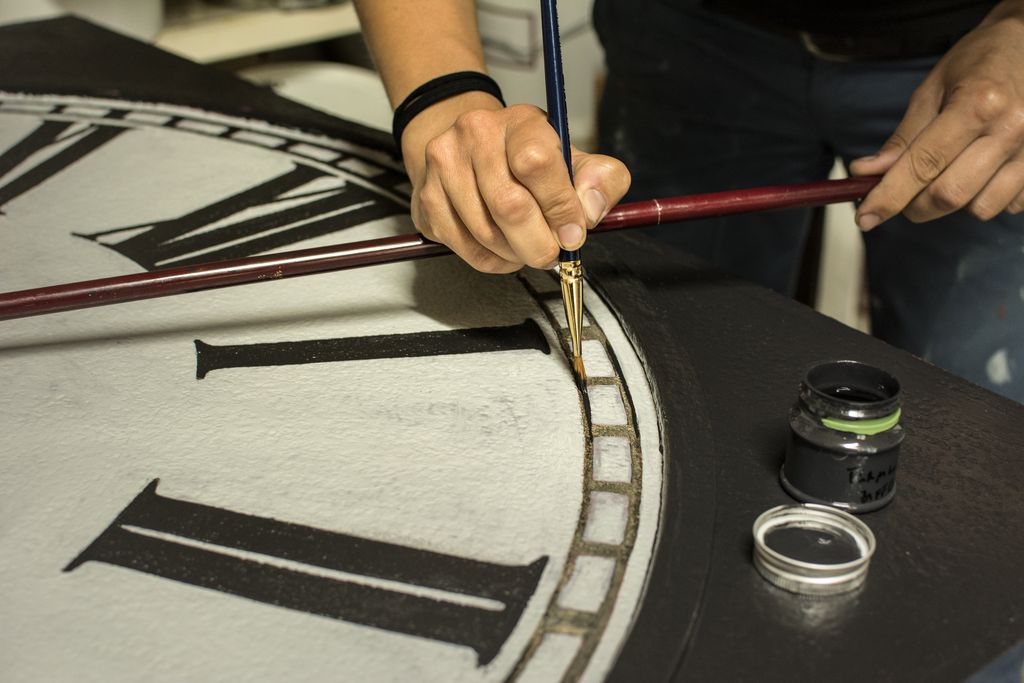Linseed oil paint to protect against corrosion of metal
Iron starts to rust when the metal surface is exposed. For example, oxygen in combination with water. You can prevent rust easily by coating the metal object with an oily shield using a cloth that has been treated or trunk with linseed oil.
Boiled linseed oil dries faster than cold-pressed linseed oil, and forms a much harder surface. If one adds Tonkin oil paint varnish, a well-known as a ship paint consisting of polymerized linseed oil and Chinese Tung oil, this natural product will result in additional rust protection. When mixed with Iron oxide, also known as hematite or graphite results in a metal coating that protects the metals ideally against rust.
A basic prerequisite for this is that already rusted metal surfaces are first freed from rust. This can be done by brushing with wire brushes, sanding with steel wool or sand blasting can clean the surface down to the bare metal.
Light rust can be removed with a weak acid. Dilute phosphoric acid is often recommended.
After the rust has been removed, the iron must be degreased and absolutely dry. There cannot be a fine layer of water on the surface. Metal objects should not be painted or treated outdoors in high humidity or fog conditions.
The first coat must situate the best possible contact with the material. Therefore, the first coat should be thin. For example, the amount of oil in the paint is smaller. Iron oxide adheres to the rust in the iron. After two thin applications and after 3 days has passed, the metal object may be painted with the final colour without sanding.


